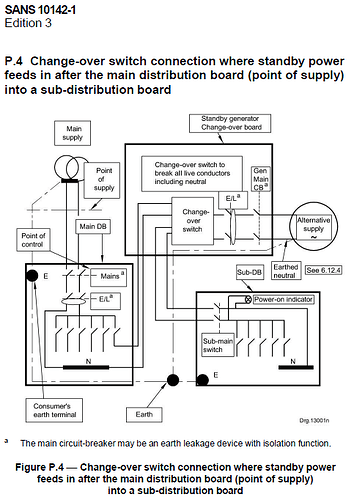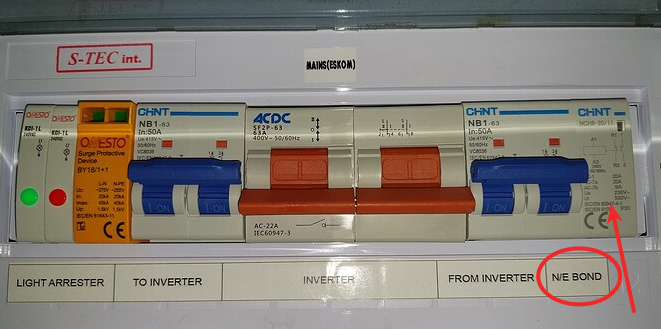There’s another nuisance tripping scenario too, where it’s not caused by one circuit exceeding 30mA, but by a small leak through multiple circuits on a common/shared RCD, which accumulate to the 30mA needed to trip the RCD. For example, if 5 circuits were each leaking 5mA then the accumulated total may not reach the 30mA threshhold to trip the RCD, but just one more… bang. And as Jaco says, it’s unlikely to be exactly 30mA, but thereabouts.
If a sensitive clamp meter is placed around each circuit’s wire and the leak(s) differential measured, and multiple sub-30mA leaks are found, then start by tracing where the fault is on the circuit with the largest leak. This will make the biggest difference to the accumulated leaks and is least likely to be one of the electronic leaks that Plonkster mentions (they’re normally tiny).
For a laugh at my expense, it took weeks to find an intermittent earth leakage trip that only happened randomly after/during wet weather. Turned out to be caused by the wire for an outside light (earthed) where the insulating plastic was nicked (25 years earlier I guess) and water slowly ran down the wire until it “joined” the wire core with the wall through the nick. It only started when the very old, huge 80A EL was replaced with an RCDO when an inverter was installed.
Something like the photo.






